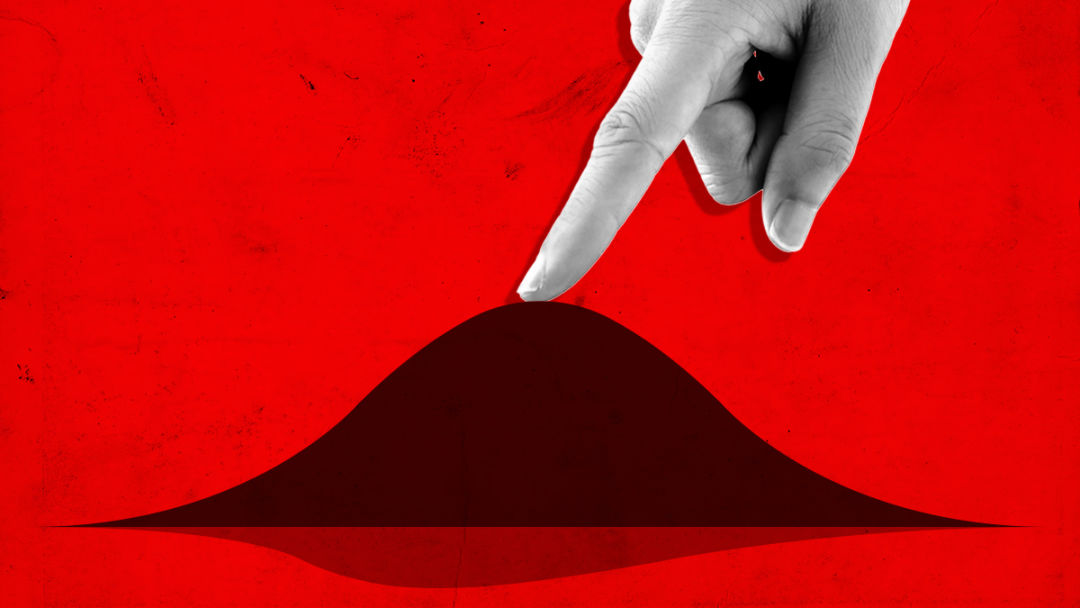Sick of Staying Home? Get Over It.

Studies show that Oregon is flattening the curve. And some public health officials worry we may be feeling a “social distancing fatigue,” as Dr. Jennifer Vines, lead health officer for the Portland metro region, put it. In order to keep our current state of progress, Oregon needs to remain indoors.
Image: Brian Breneman
Americans are not known for their attention spans.
We ping from one shiny, didja-see-that-moment to the next—remember when everyone was obsessed with whether a random dress looked white and gold or blue and black for a hot minute?
And so, at first, this whole social distancing thing lent itself to posting pictures of completed 1,000-piece puzzles or your latest procrasti-baking project, say, or binge-watching Tiger King.
But three weeks in, the novelty of this cocooning at home could be wearing thin, especially since no one knows how long it will last. We miss the coffee shop, or the bar, the playground or the gym, or even the office. We miss our friends, and waving at them via Zoom isn’t cutting it. Calls to suicide hotlines and domestic violence help centers have risen precipitously. We feel trapped, and knowing that virtually all of the state’s trails and beaches are closed doesn’t help.
And that’s what’s keeping public health officials up at night, this chance that “social distancing fatigue,” as Dr. Jennifer Vines, lead health officer for the Portland metro region, put it this week in a call with reporters, will kick into overdrive just as statistics show that all this staying at home is actually paying off in Oregon.
Complicating matters further: after almost two straight weeks of gloomy, chilly weather that made going outside much less tempting, the sun is predicted to come out strong on Monday, with temperatures expected to climb to a balmy 71 degrees by Thursday.
“The model shows that what we have been doing seems to be working,” says state epidemiologist Dr. Dean Sidelinger. “If people start going out and gathering in groups, we will likely, over the next two or three weeks, see a dramatic increase in cases, with more people getting sick and needing critical care.”
And that, in turn, could put a big strain on Oregon’s health care system, which is currently projected to be just about able to handle the state’s coronavirus caseload, providing that social distancing trends continue.
So far, Oregonians have by and large been following Gov. Kate Brown’s orders, and despite being sandwiched between Washington State and California, two of the epicenters of the outbreak, cases here haven’t mushroomed the way they have in hotspots like Detroit, New Orleans, and, most of all, New York City. In fact, new data shows that transmissions in Oregon have been cut between 50-70 percent because of strict social distancing, Sidelinger says, according to projections from the Institute for Disease Modelling in Bellevue, Wash.
But don’t let that comparatively good news lull you into a false sense of security.
As of Friday, 22 people in Oregon have died from coronavirus, and 899 people have tested positive, according to the Oregon Health Authority.
And the last time the sun was out, residents jammed trails in the Columbia River Gorge and beaches up and down the North Coast, so it’s no surprise that officials are worried that stir-crazy Oregonians might do it again when the weather warms up next week.
With warmer weather in the forecast, a gentle reminder that, in accordance with @OregonGovBrown's executive order, our playgrounds, fields and outdoor spaces are closed. We ask everyone to respect state guidance in the effort to curb the spread of the coronavirus. pic.twitter.com/TZr4mPTv6w
— Portland Public Schools (@PPSConnect) April 3, 2020
That’s why the messaging around staying home continues to be so dire—the new public awareness campaign from the local heavyweights at Wieden+Kennedy minces no words—especially given troubling new research suggesting that many asymptomatic people, who don’t realize they have the virus, are transmitting it to others.
Our numbers are trending in the right directions right now. If we want them to get even better, not only do we need to keep staying home, but experts at the Institute for Disease Modeling say the state needs to increase its coronavirus testing capacity, expand its testing to those who may have come into contact with confirmed cases, and place those who do have the virus into early isolation before they can infect others.




